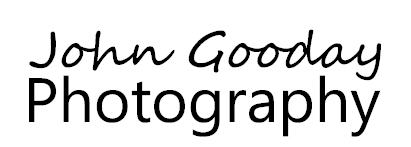One of the best things about being a wildlife photographer is the office environment. My daily commute is generally to somewhere outdoors, and the location changes frequently. One week you might be wading through a marsh in Hungary en route to a floating hide, the next up a tree in Wales lying in wait for Kestrels. True, I often have alarmingly early starts or late finishes but the same thing could be said for many of my friends working in more sensible jobs in the city.
Last week, the ‘office’ was the island of Texel in the North Sea, a few miles off the Dutch coast. Texel is renowned for its diverse and numerous bird population which includes large breeding colonies of hard-to-find waders, raptors such as the Hen Harrier and Rough-legged Buzzard, and many exotic species that make landfall on the island during their annual migration. The varied landscape of dunes, beaches, farmland and an extensive network of channels and dykes make it an ideal place for photography. It’s also a popular destination for many Dutch holiday makers in summer so there’s a good choice of hotels and excellent restaurants to recover in after a day’s filming. It’s a nice location and, when the weather is as good at it was last week, it’s hard to think of many better workplace.
The office dress code is a little unconventional by most people’s standards: water-proof trousers, gloves, balaclava and generously cut camouflage netting. All designed to make it a tiny bit easier to get close to the quarry. You get used to it after a while – after all, it’s just a uniform in the same way that a business suit is, and a little more comfortable if I’m honest as you don’t have to wear a tie. I’ve learned through experience that it’s usually best to remove the balaclava and webbing before leaving the field (something I’ve been careful to do since the unfortunate screaming incident of 2012...).
As is often the way, my working week was a mix of great (finding the Bluethroat pictured at the top of the page and managing to get close enough for a decent shot), mundane (many hours spent waiting for things to show up) and the odd disappointment (I was about a week too early to catch the Avocets nesting).
So that was my office last week. This week it’s the River Thames in London and the Essex marshes. Next week, it’s the Carpathian Mountains (in search of Brown Bears, in case you were wondering). It would be the perfect working environment, if only the coffee facilities were better...


























